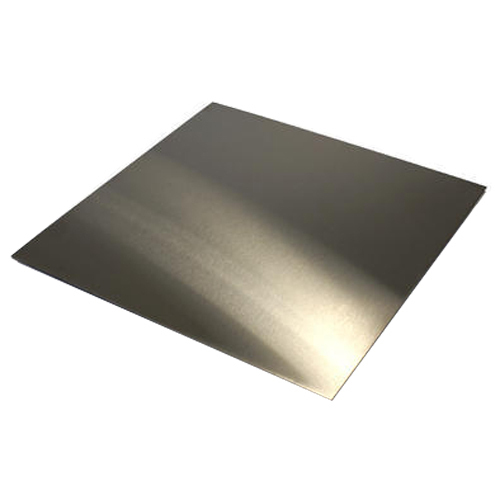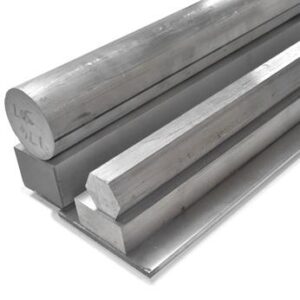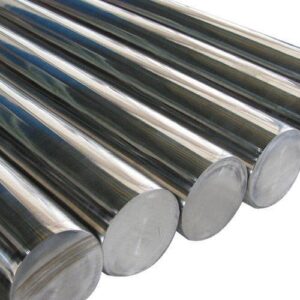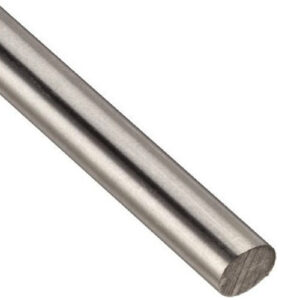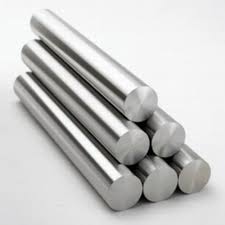Applications
Typical applications for 430 grade include:
- Linings for dish washers
- Refrigerator cabinet panels
- Automotive trim
- Lashing Wire
- Element Supports
- Stove trim rings
- Fasteners
- Chimney Liners
Typical applications for 430F grade include:
- Repetition machined components
Specifications:
- UNS: ASTM/ASTE S43000
- DIN: 1.4016
Corrosion Resistance
Grade 430 has good resistance to a wide variety of corrosive enviornments, including nitric acid and some organic acids. It attains its maximum corrosion resistance when in the highly polished or buffed condition. In general its resistance to pitting and crevice corrosion resistance is close to that of grade 304. Stress corrosion cracking resistance of Grade 430 is very high, as it is for all ferritic grades.
Like other high-sulphur free machining grades 430F has much reduced resistance to pitting and crevice corrosion compared to its non-free machining equivalent.
Heat Resistance
Grade 430 resists oxidation in intermittent service up to 870°C and to 815°C in continuous service. This grade may become brittle at room temperature after prolonged heating in the 400-600°C range. This effect can be eliminated by annealing.
Heat Treatment
- Solution Annealing – Heat to 815-845°C, hold for ½ hour per 25mm of thickness, slow furnace cool to 600°C and then quickly air cool. Slow cooling from 540-400°C will cause embrittlement.
- Sub-Critical anneal – Heat to 760-815°C and then air cool or water quench.
- This grade is not hardenable by thermal treatment.
Welding
- Pre-heat at 150-200°C if welding is necessary.
- Embrittlement in the weld metal and heat affected zone can be relieved by a post-weld anneal at 790-815°C
- Grain refinement will not occur.
Machining
- Easier to machine than the standard austenitic grades such as 304.
- Still a tendency for galling and pick-up on the cutting tool.
- Bars that have been lightly drawn are easier to machine than those in the annealed condition.
- Grade 430F, the free machining version of 430, is very much easier to machine.
Fabrication
- Lower work hardening rate makes bending and forming somewhat easier than for grade 304
- Lower ductility restricts very severe operations.
- Severe bends should be made with the bend axis at right angles to the rolling direction.
- Severe cold heading of 430 wire is possible.

